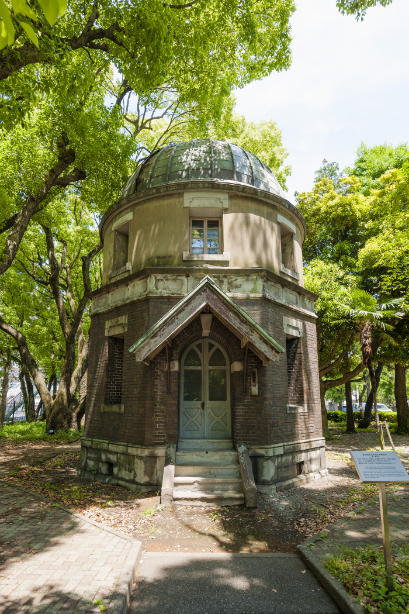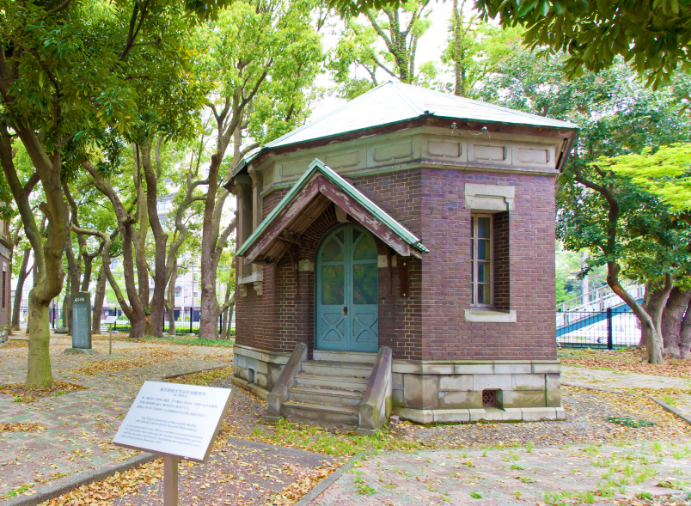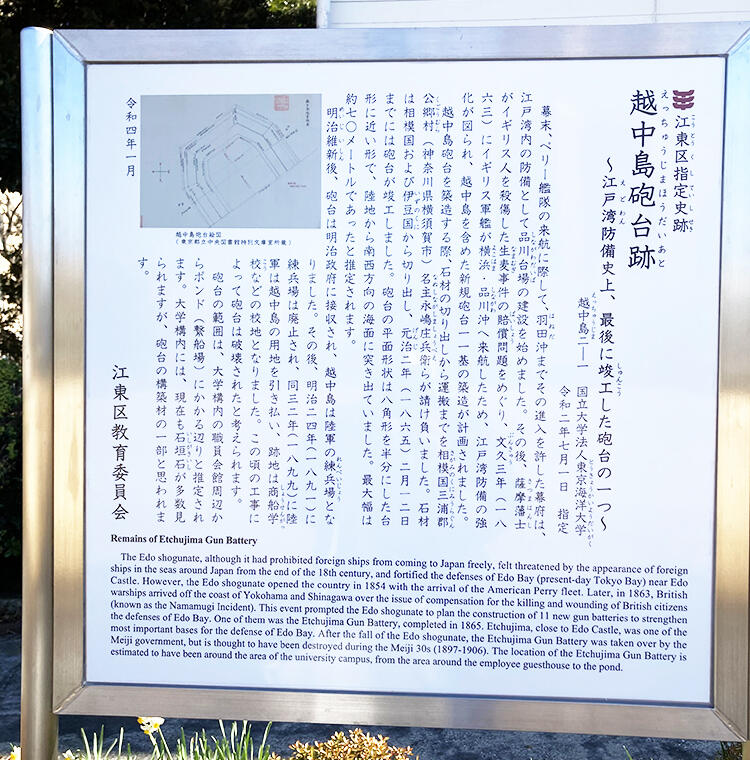Meiji Maru XNUMXth Anniversary Museum and Meiji Maru Memorial Hall
Guidance of viewing
【12.12 Update】
Scheduled opening date of the Meiji Maru Maritime Museum (Etchujima Campus) in May
【Click here for April opening dates and times. 】
【11.17 Update】
Scheduled opening date of the Meiji Maru Maritime Museum (Etchujima Campus) in May
【Click here for April opening dates and times. 】
<Notice>
Due to construction work scheduled to take place from December 15, 2025 to January 12, 2026, the roads around Meiji Maru will be closed to traffic.
Therefore, please be aware that the Meiji Maru, the Centennial Museum, and the Meiji Maru Memorial Hall will all be closed during the above period.
Please note that it will be difficult to view only the exterior, so we ask for your understanding.
The construction period may change depending on the weather, etc., and we will notify you if this occurs.
Incidentally,In the event of stormy weather (including advance forecasts) or other circumstances, the museum may close without prior notice.Please note that.
We do not take reservations, but if you have more than 10 people, please contact us in advance by phone or email.
Currently, it is possible to tour the Meiji Maru ship.
Some of it is also published on the web.
[Access]
Route from Etchujima Station to the University
Route from Monzen-Nakacho Station to the University
Detour from Etchujima Station
Route from Tsukishima Station to the University
[Inquiries regarding tours and reservations]
Tokyo University of Marine Science and Technology Meiji Maru Maritime Museum
meijimaru-jimu(at)o.kaiyodai.ac.jp
Important Cultural Property Meiji Maru

Meiji Maru was an iron ship ordered by the Meiji government from the Napier shipyard in Glasgow, UK, for lighthouse patrolling operations. rice field.
This ship, which was said to be as good as a first-class courier, was a state-of-the-art ship with luxurious specifications equipped with special rooms and salons.Many high-ranking officials boarded the ship, including Emperor Meiji, and played an active role in important scenes in modern Japan.
In 6, when a territorial dispute arose over the Ogasawara Islands, the Japanese government's investigative team arrived at the Ogasawara Islands earlier than the British ships.As a result, the Ogasawara Islands became Japanese territory.After that, including the territorial waters of Okinotorishima and Minamitorishima, Japan secured an exclusive economic zone of 447 km3, the sixth largest in the world.About 1 million square kilometers, about one-third of that, belongs to Ogasawara Village in Tokyo.
In addition, in 9, when Emperor Meiji was on a tour of Tohoku and Hokkaido, he boarded from Aomori and arrived at Yokohama on July 7th via Hakodate.To commemorate this day, "Marine Memorial Day" was enacted in 20, and in 16 it became a national holiday "Marine Day".
The Meiji Maru, which was active as a lighthouse cruiser for about 20 years, was transferred to the Merchant Marine School (the predecessor of this university) in 29.From then on, she trained more than 20 young people in the sea for about 50 years until 5000 as a mooring training ship.During the Great Kanto Earthquake of 12 and the Great Tokyo Air Raid of 20, many residents were accommodated and contributed to disaster relief.
In 53, it was designated as an Important Cultural Property of Japan as the only iron ship still in existence in Japan, and as a valuable legacy that conveys the shipbuilding technology of the Iron Ship Age to the present day.The Meiji Maru is the first ship to be designated as an important cultural property.
After that, due to the deterioration of the building, from December 25, the university and the Ministry of Education, Culture, Sports, Science and Technology carried out large-scale restoration work.Completed in March 12, its beautiful appearance has been revived.
XNUMXth Anniversary Museum and Meiji Maru Memorial Hall
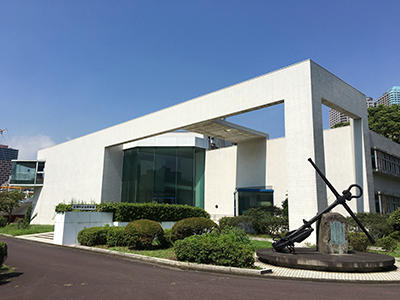
Centennial Museum
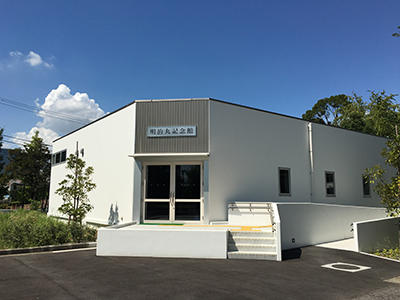
Meijimaru Memorial Hall
Tokyo University of Marine Science and Technology 53th Anniversary Museum (opened in 8) is one of the predecessors of Tokyo University of Marine Science and Technology. It was built as a central project to commemorate the 11th anniversary in 1 after the school was established as a school ship.Unlike the maritime museums that are commonly seen in general, this museum collects and exhibits materials that tell the history of merchant marine education centered on the 50-year history of the university and the surrounding maritime history.
Completed in March 28, the Meiji Maru Memorial Hall has an exhibition room and a seminar room, and displays the various activities of the Meiji Maru.Representative items on display include the construction instructions for the Meiji-maru, the designation of important cultural properties, and the silver tableware that was used inside the Meiji-maru.The seminar room is fully equipped with audio-visual equipment and is used for various purposes such as maritime information enlightenment activities and hands-on classes for elementary and junior high school students.
XNUMXth Anniversary Museum / Meijimaru Memorial Museum Past Exhibitions
- Between July 27st and November 7th, 1,Ships Open in the Meiji Era - Exhibition Commemorating 140 Years of Merchant Marine Education -has been held.
- Between July 26st and November 7th, 1,The Towns Around the Merchant Marine School -History of the Okawa Area Traced on Postcards-has been held.
- Between July 25st and November 7th, 2,The Light that Shined the Meiji Era - Activities of the lighthouse cruiser Meiji Maru -has been held.
- Between July 24st and November 7th, 3,Kuradashi Treasure Exhibition - Calligraphy Focusing on Important and Registered Tangible Cultural Properties -has been held.
- Between July 23st and November 6th, 1,Special Exhibition "In Search of the Wake of the Meiji Maru - Japan's Awakening as a Maritime Nation -"has been held.







